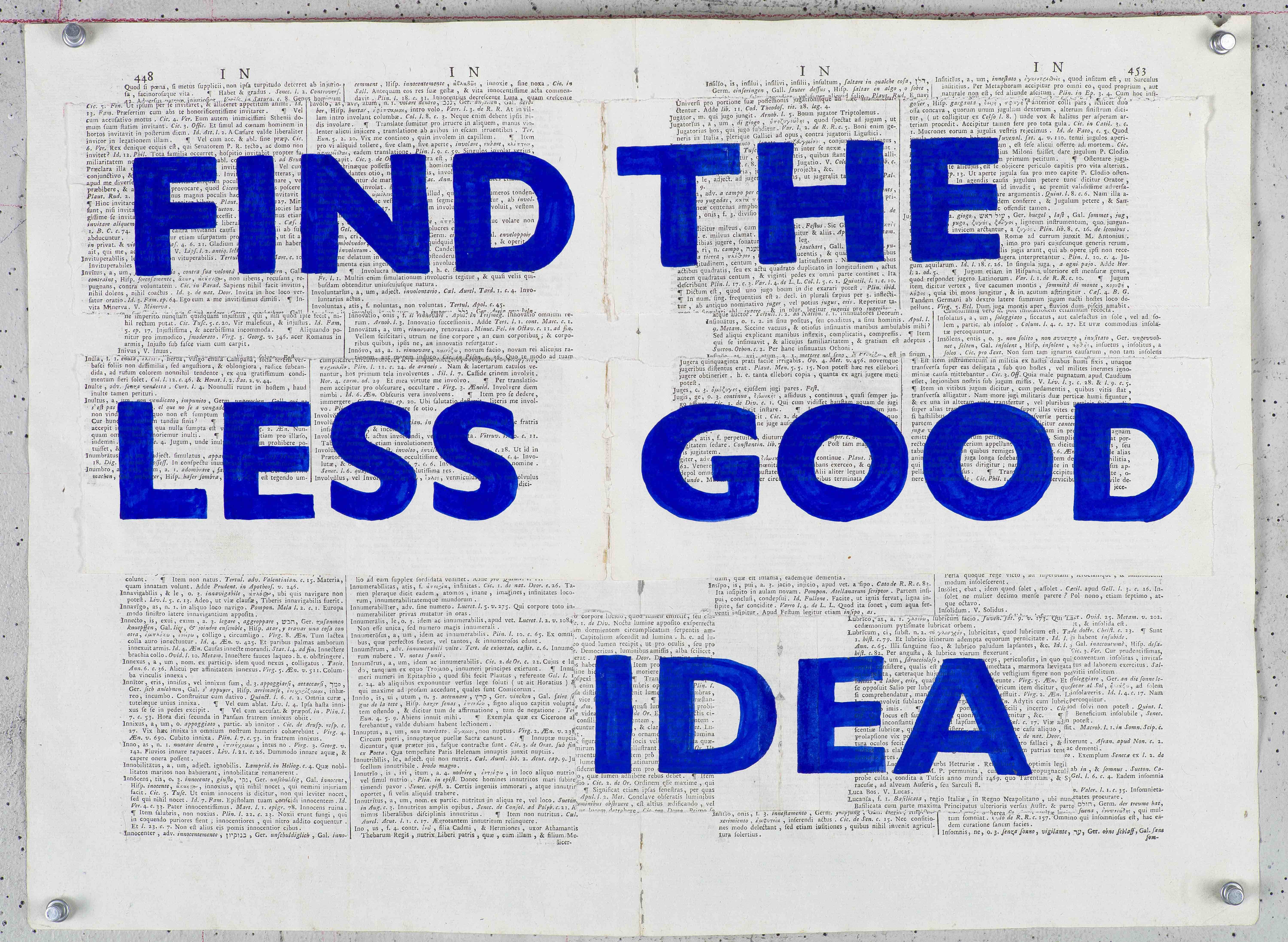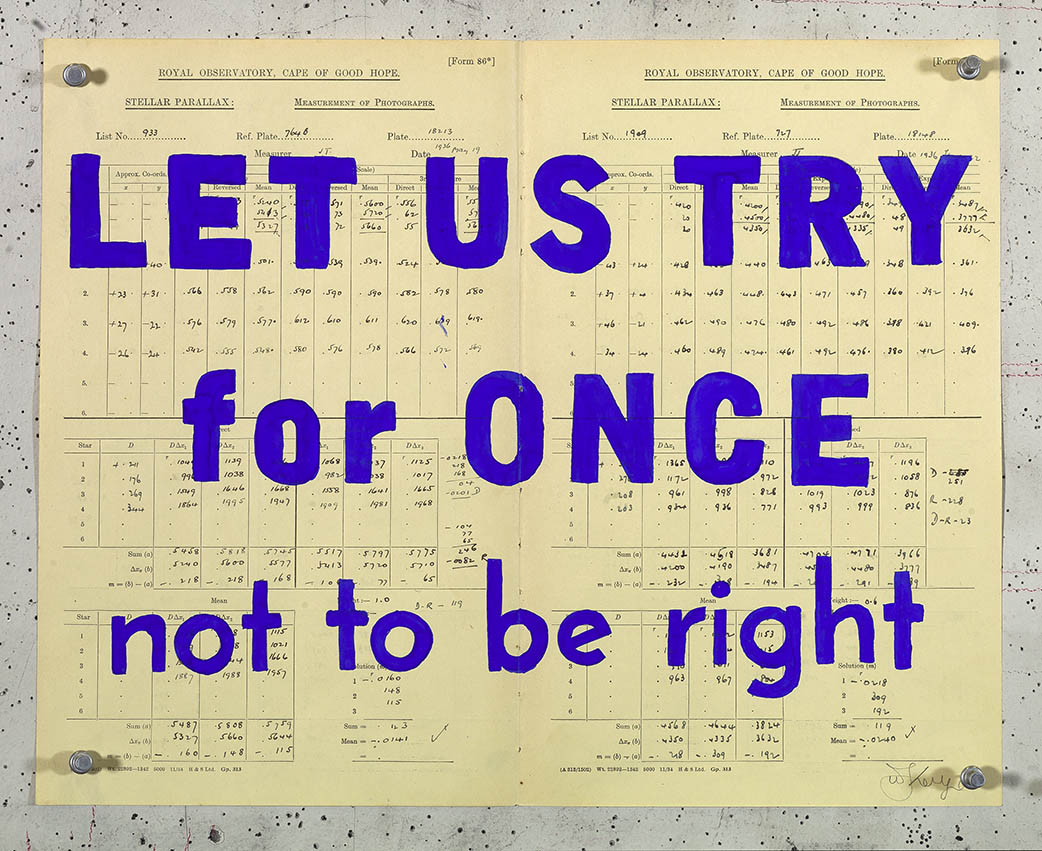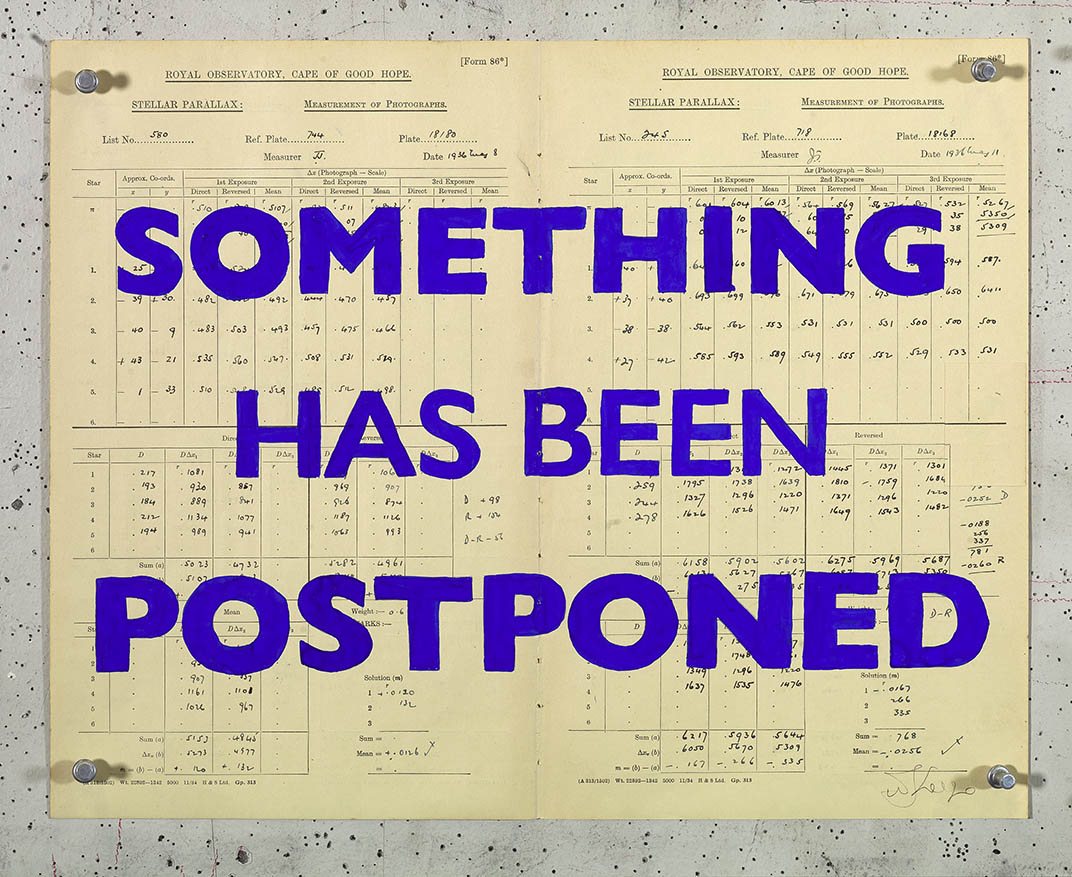
“If the good doctor can’t cure you, find the less good doctor.”
— Tswana Proverb
- In November 2015, internationally acclaimed South African artist William Kentridge gave a lecture entitled “Peripheral Thinking” at Yale University. In his talk, he raised the question of what is happening at the edges and how we can learn from it. He discussed the porousness of focus and described the ways in which studio processes can be instructive for looking at universal questions.
- In January 2016, I received a call at home in Johannesburg from Kentridge’s studio with a request to meet William for tea later that week. I had no idea what the meeting was about but remember waking up on the day of the meeting with a combination of curiosity and excitement. Later that day, I met a relaxed William just post his end-of-year holiday. He described a want to create and support a new space for the arts in Johannesburg. As a fellow artist, activist, and resident of downtown Joburg, he asked me to work alongside him and his studio team in initiating this space. The meeting was not very long, but I left it with formative words ringing in my ears: “interdisciplinary,”incubating,” “collaborative,” “collective,” “responsive,” “embodied.”
- In November 2016, I was in the eye of a magnificent storm of contemporary production.It was day three of an intense and massively generative five day incubator workshop working towards the inaugural performance season for The Centre for the Less Good Idea, due to open April 2017. Around 80 artists¹ from every discipline were being collectively curated by a five person team assembled by the Centre: a visual artist/filmmaker; theatre-maker/writer; poet/performer; choreographer/dancer; and composer/musician. We sought new combinations of text, movement, sounds and image. As we tested first ideas we hit upon incidental discoveries and had the opportunity to not only collectively identify and test them through repetition but to also capture the process, through film, sound, image and writing, an act of archiving fluid processes. The space was giving all its attention and resources to the impulses, connections, and revelations collectively identified by the artists.
- It was 4pm, and perhaps due to a late afternoon sugar low coupled with an unparalleled exhilaration, I had a sense of being outside of my body, a deja vu type of dream feeling — everything had slowed down, and I looked around the room: a group of poets and percussionists were responding by building sound and words to professional boxers in a boxing ring. A cinematographer and lighting designer were debating the best way to capture a visual artist furiously throwing clay and moulding it on to a dancer. An 11-man a cappella choir was moving in unison while a choreographer and operatic singer disrupted and responded to them. This was utopia, a safe making space for creative playfulness, and I was its animateur.Such a space doesn’t require a director in the traditional understanding of the word;it requires someone committed to maintaining energy and momentum, taking care of and holding artists in their processes, and pulling on threads and activating networks near and far.
- It is June 2020. The Centre for the Less Good Idea continues to be built in the same way one builds an artwork — through trial and error, piece by piece, allowing that which works to grow legs and letting that which does not fall away. If we had a manifesto it would be:²

- Sitting in the heart of downtown Johannesburg (a city famous for its violence and perpetual collapse),small and on the edge of the international art world is an incubator space for the performative arts. As founder and funder, William has allowed for an idyllic disregard for the usual economic logics of profit and gain which underpin so much art-making across the world. The collaborative collective approaches have, to date, given 400-odd artists over seven seasons and more than 30 one off performances an unparalleled momentum.
- So, what is next? We think, perhaps, an academy for the Less Good Idea?

Photo credits: William Kentridge, Blue Rubrics, Lapis Lazuli pigment printed in blue on found thesaurus page.
1. The Centre creates two, six-month seasons a year. Core-curators from South Africa and of varying artistic disciplines are invited. The curators then engage practitioners with whom they would like to collaborate, and with that, the seasons grow. Alongside the seasons, the Centre has a monthly programme in which new work is incubated and shown for one night only. In 2020, we launched SO, the Academy for the Less Good Idea.
2. The Centre’s visual and conceptual identities are drawn from William’s practice, in particular his methodological approach to generating new large-scale performance work. Visually, our identity is based on his Blue Rubrics, a series William began after receiving a gift of pure lapis lazuli gouache from Afghanistan. In order to find a use for the vivid blue pigment, he addressed it in terms of its specific color and material. eventually mixing it into ink to overlay silkscreen prints. In William’s words, “They are called Blue Rubrics, but a rubric really should be red — a rubric was the printed or illuminated red text in a liturgical manuscript, in which the black ink would have been the text of the liturgy and the red would have been instructions on how to pray. So they are footnotes to a thought, the edges of the thought. In my case, they are unsolved riddles, phrases which hover at the edge of making sense… WHO NEEDS WORDS (the whispering in the leaves)…. These are fragments of sentences which sit in a drawer of phrases used in other work over the years, which get taken out and sorted through on occasions.”